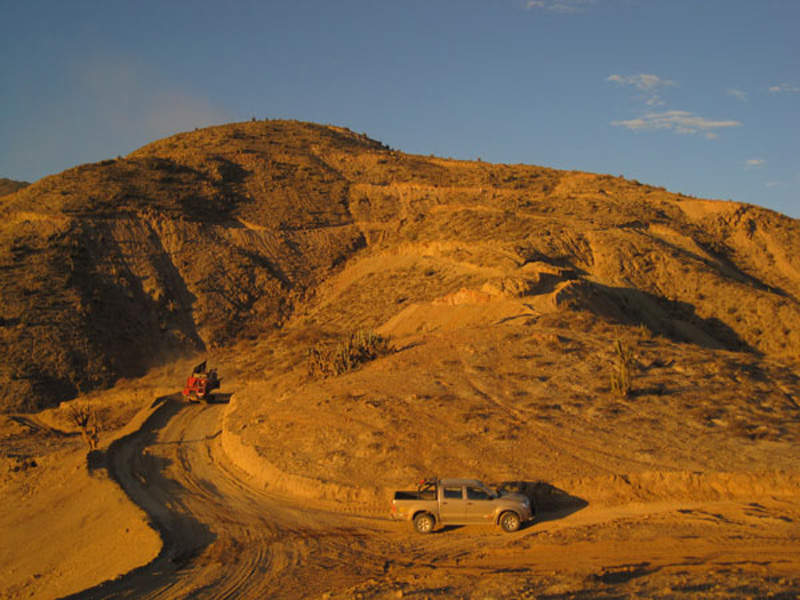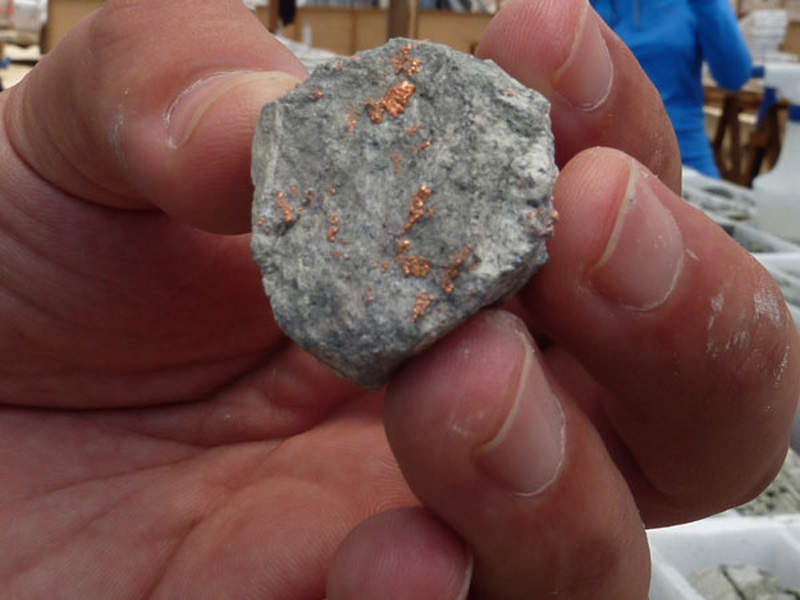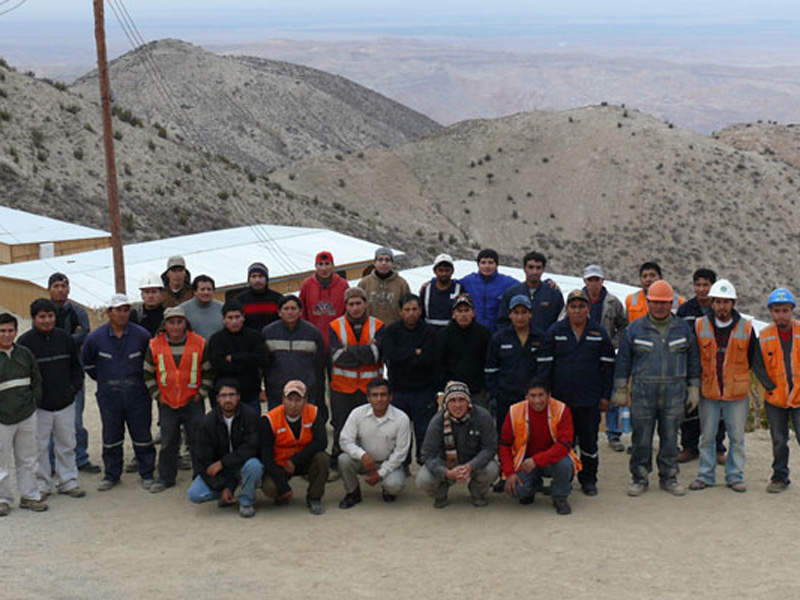The Zafranal Copper-Gold Project, covering an area of approximately 32,000ha, is located approximately 80km from Tidewater, 90km from the city of Arequipa, and 150km from the Port of Matarani, in Peru.
The project is owned by Minera AQM Copper Peru (MAQM), a 50:50 joint venture (JV) between Compañia Minera Zafranal, and Teck Resources. MAQM is further owned by AQM Copper (60%) and Mitsubishi Materials Corporation (40%).
The preliminary economic assessment (PEA) report for the project was completed in January 2013, whereas the pre-feasibility study (PFS) was completed in May 2016.
The overall investment to bring the Peruvian mine into production is estimated to be $1.15bn and the mine is estimated to have an operational life of 19 years.
Zafranal copper-gold project geology and mineralisation
The property is located within the Southern Peru Porphyry Copper Belt, which hosts a number of deposits, including the Main, Victoria, Sicera Sur, Sicera Norte, Campanero and Ganchos zones. The project will primarily involve the development of the Main Zone and the Victoria Zone, which hosts porphyry-style copper mineralisation.
Mineralisation within the Main Zone is hosted in dioritic intrusive rocks and primarily occurs as chalcocite and chalcocite coatings over pyrite grains, within an enriched supergene blanket. It also occurs as covellite in lesser quantities. The mineralisation within the Victoria Zone is hosted in foliated dioritic rocks and primarily occurs as chalcopyrite.
Reserves and production
The Zafranal copper-gold project is estimated to hold combined proven and probable reserves of 401 million tonnes (Mt) grading 0.4% copper (Cu) and 0.07% gold (Au), containing 3,543 million pounds (Mlbs) of copper and 891,000oz of gold.
The project is estimated to hold combined measured and indicated resources of 467.3Mt grading 0.38% Cu and 0.07% Au, containing 2.126Mlb of copper and 1.05 million ounces (Moz) of gold. Inferred resources are estimated to be 21.4Mt, grading 0.24% Cu and 0.06% Au, containing 114Mlb of copper and 0.04Moz of gold.
The project is aimed at recovering 4.4Mt of concentrate at an average grade of 32.5 % copper and 3.4 grams per tonne gold. Copper concentrate production from the project is estimated to average at 120,000 tonnes per annum (tpa) during the first five years of production and 75,000tpa over the life of the mine.
Mining and processing at the Peruvian copper-gold mine
The mining method envisaged for the project is the conventional open-pit mining method integrating truck and shovel operations.
The project’s proposed concentrator plant will primarily incorporate a primary crusher, a grinding circuit, a flotation circuit integrating regrinding and reagent treatment, and a filtration circuit.
Infrastructure for the Zafranal mine
The electricity required for the project will be sourced from the New Socabaya substation located near the city of Arequipa. An approximately 96km-long power transmission line will be constructed to connect the substation with the project’s new 220kV substation.
The required water for operations will be sourced from a water aquifer located approximately 35km from the proposed concentrator plant.
A new 9km-long access road will be constructed to connect the project site with the Pan American Highway, at Pedregal de Majes, and approximately 26km of the existing gravel-topped access road connecting Anexo de Pedregal to the plant site will be refurbished. The concentrates from the project will be conveyed by trucks to Anexo de Pedregal, and further to the Port of Matarani by road.
The project will also involve the construction of administrative buildings and an accommodation camp, a warehouse, a tailings management facility (TMF), and a 3,600m-long tunnel to convey the ore to the crushing circuit.
Key players involved
The PFS was compiled by Ausenco in collaboration with other consultants, including Amec Foster Wheeler, NCL Ingenieria y Construcción (NCL), Politax, and Transmin Metallurgical Consultants (Transmin).
The PEA report was compiled by Tetra Tech in collaboration with NCL, Knight Piésold, CESEL Ingenieros (CESEL), Transmin, and Abeinsa Infrastructuras Medio Ambiente (ABEIMA).






